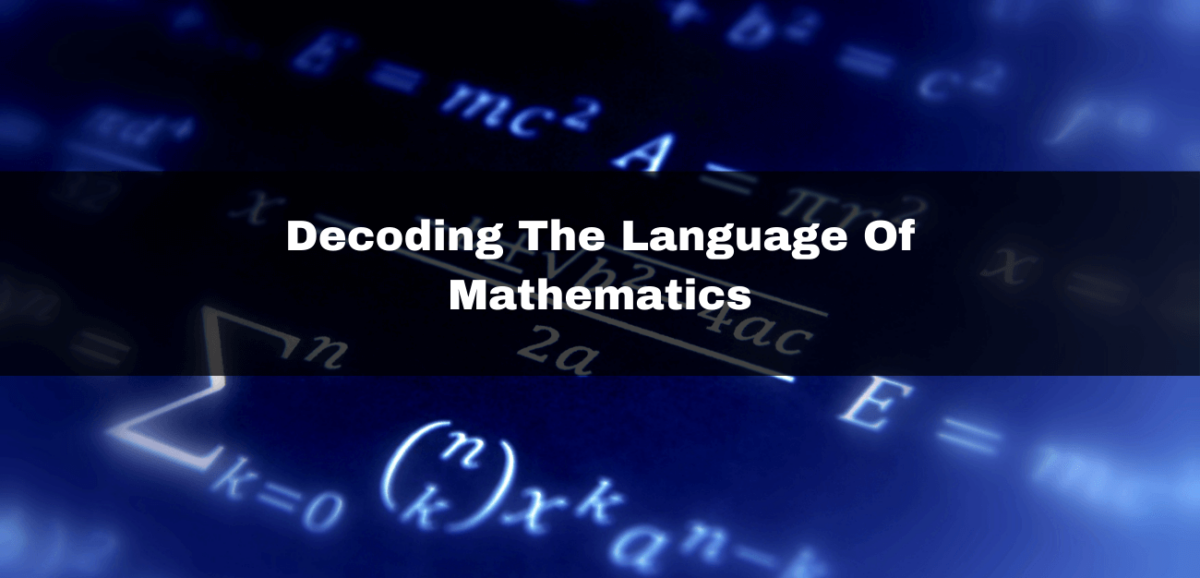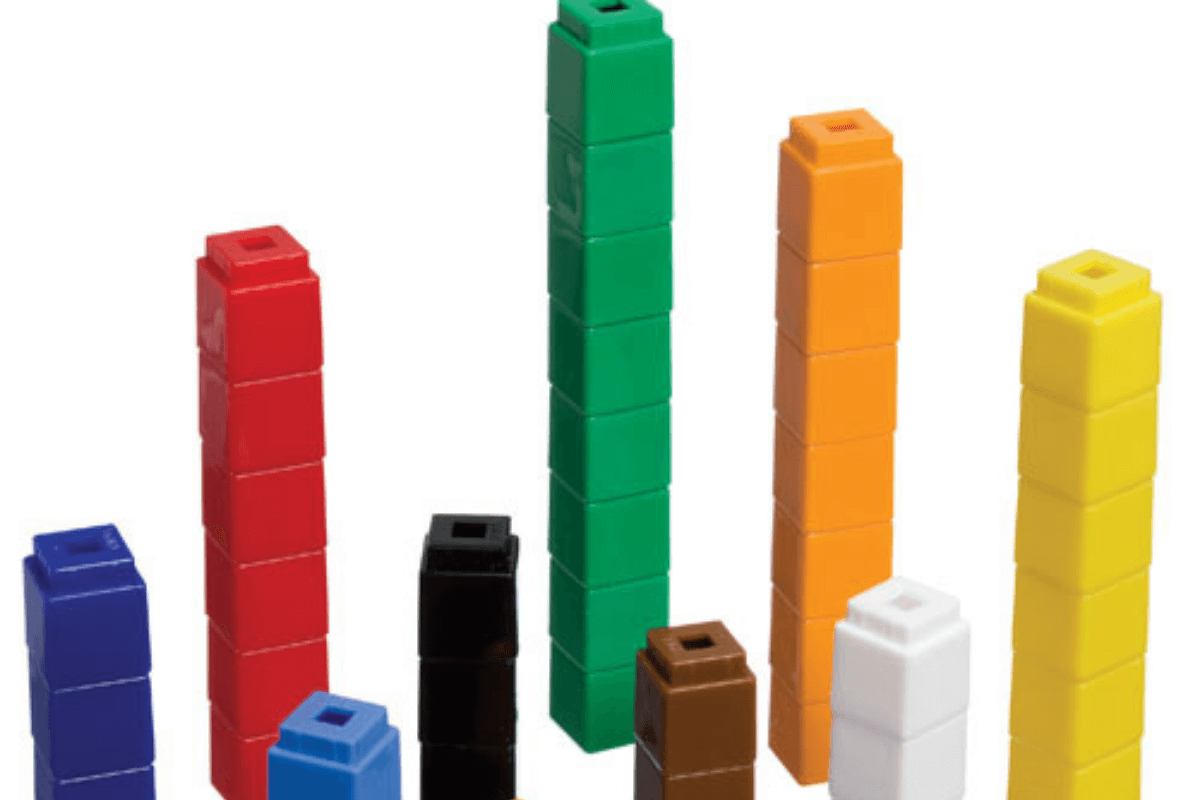Mathematics is often seen as a subject surrounded by mystery and complexity, with its own set of rules that are hard to understand. Parents and children alike often shy away from math because they don’t understand the language used. But what if we could crack the code and decode mathematical language? Let’s explore how understanding […]
Categories
Decoding The Language Of Mathematics



